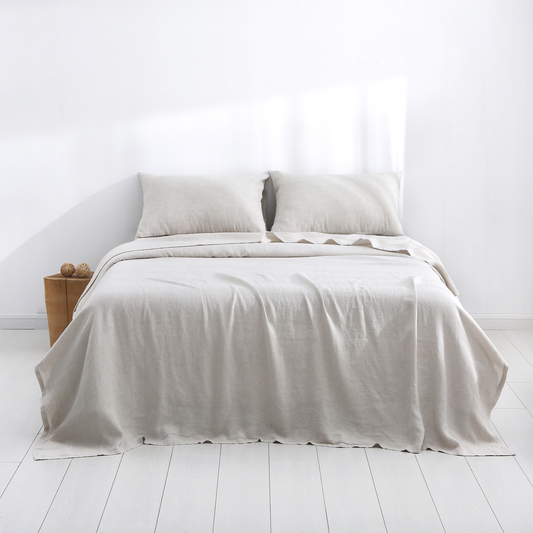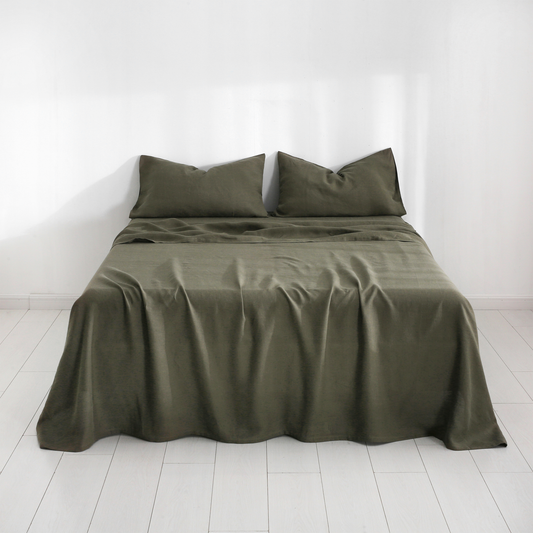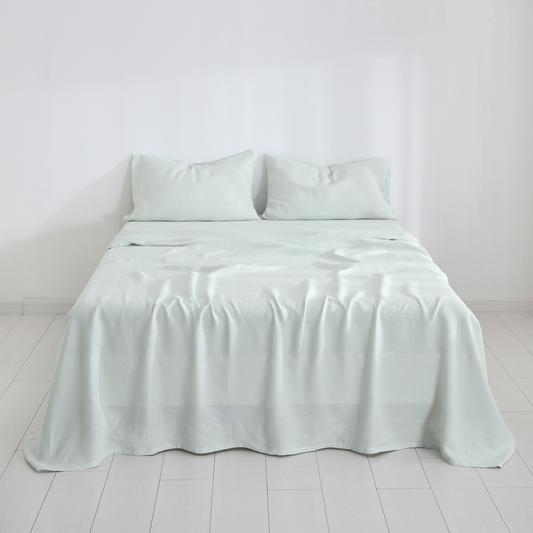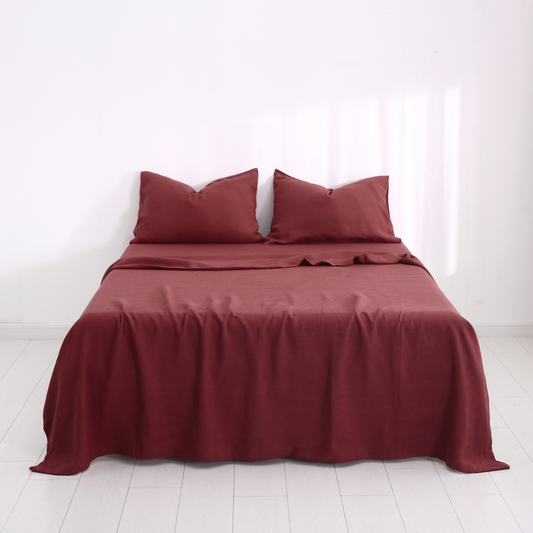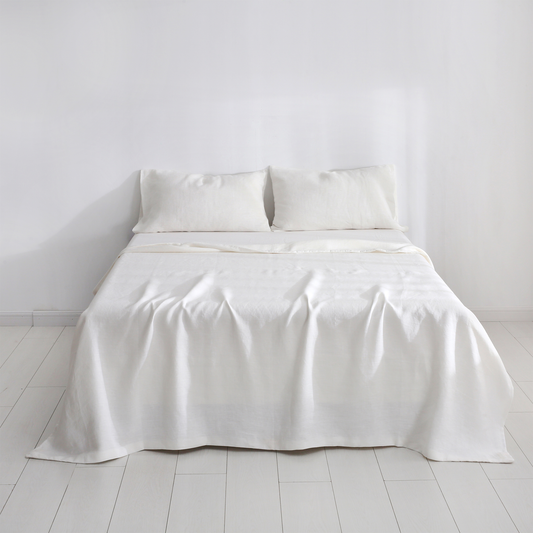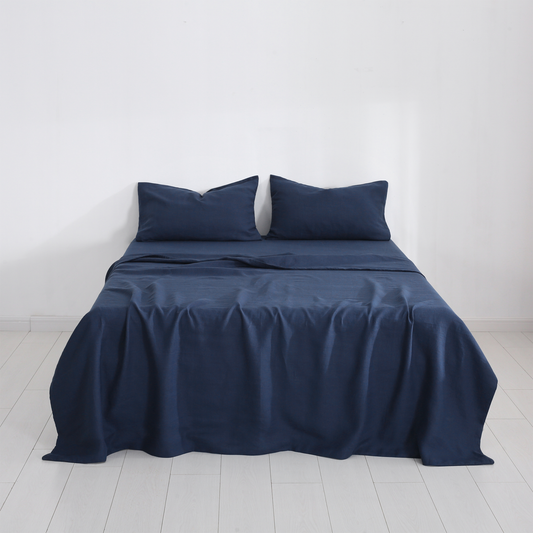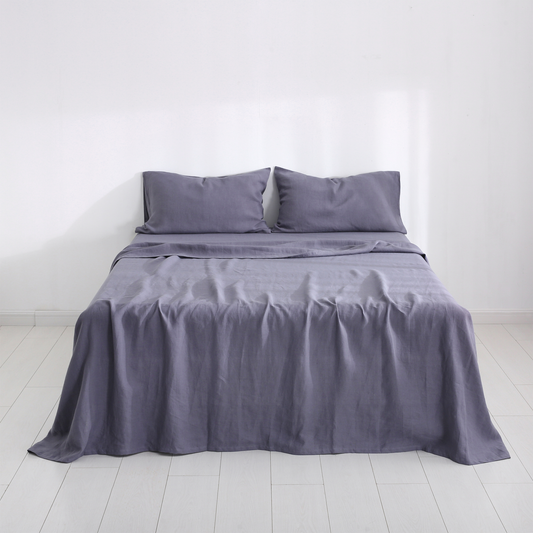When it comes to achieving optimal comfort in your bedding, understanding the filler bed sheets meaning and the materials used is crucial. Bedding fillers are the materials inside your comforters, duvets, and pillows that provide warmth, weight, and fluffiness. These fillers can range from natural materials like feathers to synthetic options like polyester.
1. What is a Bed Filler?
What is a bed filler? Bed fillers refer to the materials used inside pillows, mattresses, and toppers. These fillers provide support, comfort, and can impact the firmness or softness of your bed. Choosing the right filler can make a significant difference in your sleep quality.
2. Types of Comforter Filling
Comforter filling material plays a significant role in the overall feel and warmth of your bed. Common types include:
- Down Feathers: Known for their excellent insulation and softness.
- Polyester (Poly Fill): A popular synthetic option that's hypoallergenic and affordable.
- Wool: Provides natural temperature regulation and moisture-wicking properties.
- Cotton: Lightweight and breathable, ideal for warmer climates.
- Hemp: Sustainable, durable, and hypoallergenic, making it perfect for eco-conscious sleepers.
3. Blanket Filling Materials
Choosing the right blanket filling material can make a significant difference in your sleep quality. Here are a few options:
- Synthetic Duvet: Made from materials like polyester, synthetic duvets are durable, hypoallergenic, and easy to maintain.
- Feather and Down: Offers a luxurious feel and excellent warmth but requires regular fluffing and maintenance.
- Wool: Natural and breathable, suitable for year-round use.
- Cotton: Lightweight and perfect for summer blankets.
- Hemp: Natural, breathable, and sustainable, hemp is ideal for those looking for an eco-friendly option.
4. Bedding Set Without Filler
A bedding set without filler typically includes items like duvet covers, sheets, and pillowcases but does not come with the duvet or comforter inside. This allows you to choose your own filling material based on your comfort preferences.
Are you interested in a bedding set that will make you feel like you’re sleeping in the stars? Check out JoDope’s sheet sets, pillow cases and more down below (shameless plug).
5. Duvet Covers Without Filler
What is a duvet cover without filler? It is simply a decorative and protective cover for your duvet or comforter. You can switch out duvet covers easily to change the look of your bedroom without having to buy a new duvet each time.
6. Synthetic Duvets
A synthetic duvet is made from man-made materials such as polyester. These duvets are often more affordable, hypoallergenic, and easier to care for than natural down duvets. However, they might not provide the same level of insulation and comfort.
7. Poly Fill vs Feather Down
When comparing poly fill vs feather down, it's essential to consider factors like warmth, weight, and maintenance. Poly fill is hypoallergenic, lightweight, and easy to care for, making it a great all-around option. Feather down, on the other hand, offers superior warmth and a luxurious feel but requires more maintenance and care.
8. Bedding with Feather Design
Bedding with feather design can add an elegant touch to your bedroom decor. Feathers can be used as a design element on duvet covers, pillowcases, and sheets, providing a sophisticated and stylish look.
9. Linen: Natural or Synthetic?
Deciding between linen natural or synthetic depends on your preference for texture and maintenance. Natural linen is breathable, durable, and becomes softer with each wash, making it a favorite for many. Synthetic linen, while often more affordable, may not offer the same level of comfort and durability.
10. Bedding Stuffing
Bedding stuffing refers to the materials inside pillows, comforters, and duvets. Common stuffing materials include down feathers, polyester, wool, and cotton. Each type of stuffing has its own benefits and drawbacks, so choose based on your comfort needs and maintenance preferences.
Creating a natural bedroom that's environmentally friendly doesn't mean you have to sacrifice style or comfort. By making mindful choices and incorporating these ten simple tips, you can design an eco friendly bedroom that's good for you and the planet. Happy decorating!

Written By Oscar Langoulant
Founder/Owner of JoDope.com
Driven by a passion for hemp's potential in sustainable bedding, Oscar, alongside Jess, champions ethical manufacturing with JoDope.com. Their mission is to leverage hemp's superior sustainability to revolutionize the bedding industry.
Read More »»

